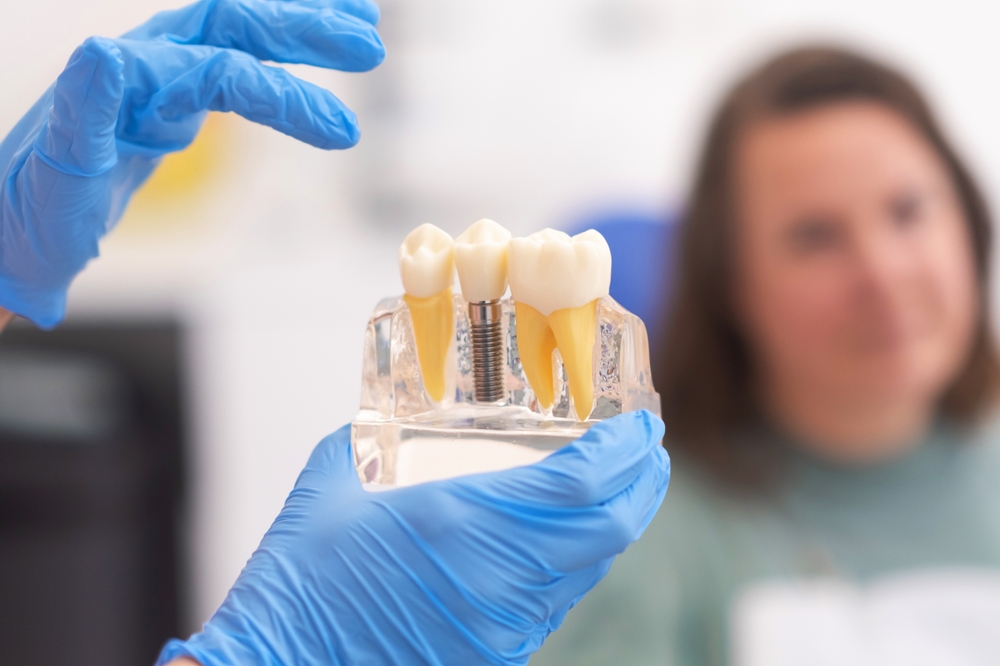How to Prep for Wisdom Teeth Removal
When it comes to getting your wisdom tooth removed, there’s nothing to fear if you go into the procedure knowing what to expect before and after the procedure. Getting wisdom teeth removed is a rite of passage for many young people. In fact, one study estimates that 10 million third molars or wisdom teeth are…
What are the Top Advantages of Getting Braces?
Braces offer a slew of benefits for your oral health in addition to perfecting your smile. What are you waiting for? Forget all the bad things you’ve heard about braces. Braces are good for you! Aligning your teeth in their proper position dramatically improves your oral health and self-confidence. Yet it’s understandable many hesitate to…
Meet Dr. Sophia Aramoon – Dentist at Espire Dental | La Jolla
Written by: Alina Masri Situated in the elegant beach town of La Jolla, California stands the statuesque former model turned dentist, Dr. Sophia Aramoon, D.D.S. With such a warm and welcoming demeanor, you’d never guess she once graced catwalks and magazine covers. And with that, it’s certainly safe to say that Dr. Aramoon is not…
Are Cavities Always Visible?
Cavities may not always be visible to the naked eye — there are hidden signs you have one and need treatment. Cavities top the list of most widespread dental problems in the U.S. In fact, 90 percent of adults over age 20 have had at least one cavity. But did you know a cavity is…
Can You Eat With Partial Dentures?
Getting partial dentures is a big decision. Make the transition easier by knowing what foods to eat when you first get your dentures. Suppose your dentist recommends you get partial dentures to replace missing teeth. Although you know partial dentures will improve your appearance and help you speak and chew properly, you nevertheless (and naturally!)…
What Can I Do About Dental Crown Sensitivity?
A crown is supposed to take away the pain. So why does your treated tooth still hurt? Your dentist will fit you with a dental crown or cap to save a severely decayed or broken tooth. This popular restorative procedure preserves most of your natural tooth structure while cleaning out the decay that caused so…
Are Dental Implants Right for You?
A million people receive dental implants each year. Is it time for you to get one? Since ancient times, humans have found ways to replace missing teeth with gold or other natural materials, such as ivory or shells. By the 1970s, dental implants advanced to the modern version of a titanium rod inserted into the…
Foods to Avoid if You Have Periodontal Disease
Periodontal disease is a very treatable dental condition. But you can help your gums by avoiding certain foods. While periodontal or gum disease is a severe oral health issue, it can be treated with therapies to improve your gum health and prevent tooth loss. But treatments and excellent at-home dental care aren’t the only measures…
The Benefits of CEREC Crowns
Have you heard of CEREC same-day crowns? They are a relatively new phenomenon in restorative dentistry. Here’s what you need to know. Suppose you need a crown to repair a severely decayed tooth but don’t have the time for the two visits required to complete the restoration. Don’t hesitate any longer, because same-day crowns are…
Best Way to Clean Your Dental Crown
The best way to maintain your dental crown for a long time is to treat it like your natural teeth. A dental crown is not only one of the most common restorative procedures in dentistry but also the most versatile. Do you have a severely cracked or decayed tooth? A dental crown can strengthen it…










